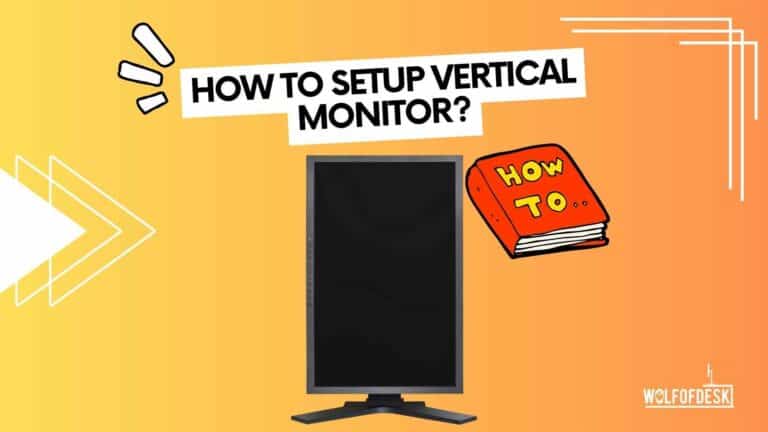If you want to use a vertical monitor, there are a few things to consider. First, make sure your monitor can be rotated to a vertical position and that your monitor mount or stand supports a vertical setup. Check the swivel properties of the monitor when you purchase it. If you have a self-mounted monitor, the stand should have a swivel, or if you use a wall-mounted or table-mounted monitor, the monitor arm should be swivel-friendly. Also, make sure the monitor can be tilted to adjust the viewing angle. VESA compatible monitors are a good option for vertical use.
To set up a vertical monitor, you need to adjust both the hardware and software settings. First, let’s learn how to change the screen orientation depending on your operating system.
How to set up a vertical monitor on Windows?
Windows is the most widely used operating system for Laptops and Desktops. Let’s learn how to change the screen orientation from the default landscape to portrait mode to view it on a Vertical monitor:
If you are using a single monitor and want to switch to portrait mode, please follow the following steps:
- Right Click on your Windows Home Screen
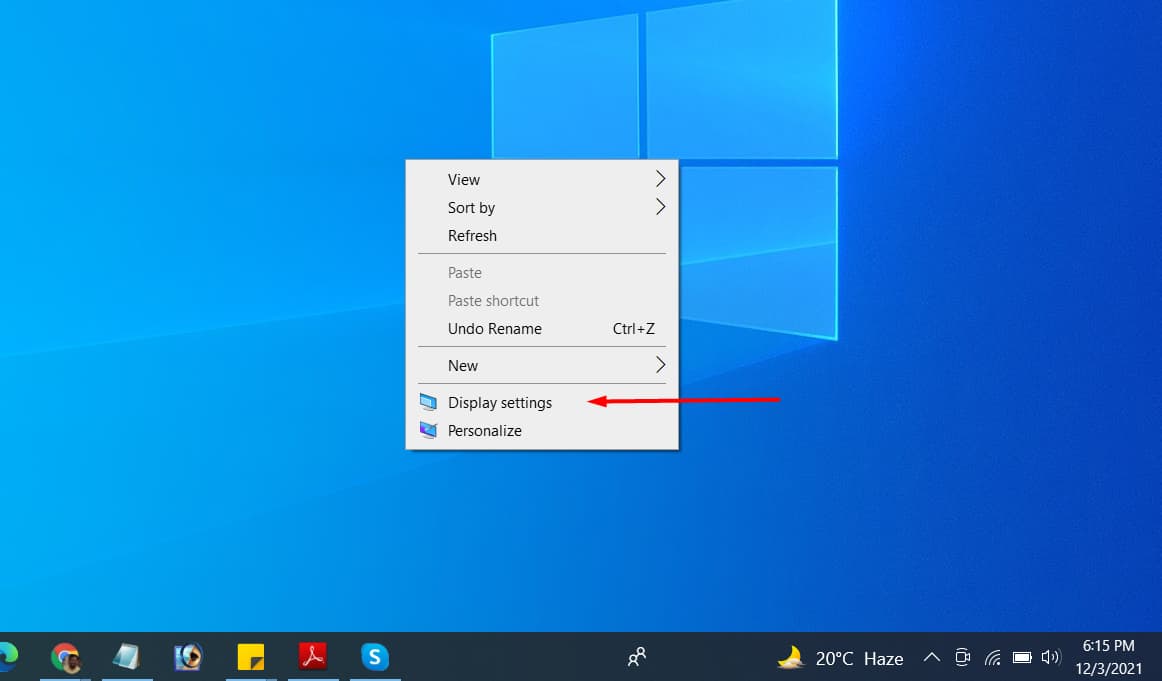
Note: The flipped mode will show you the 180 degrees rotating display, i.e., inverted display (upside down).
Click on the ‘Keep Changes’ button for confirmation.
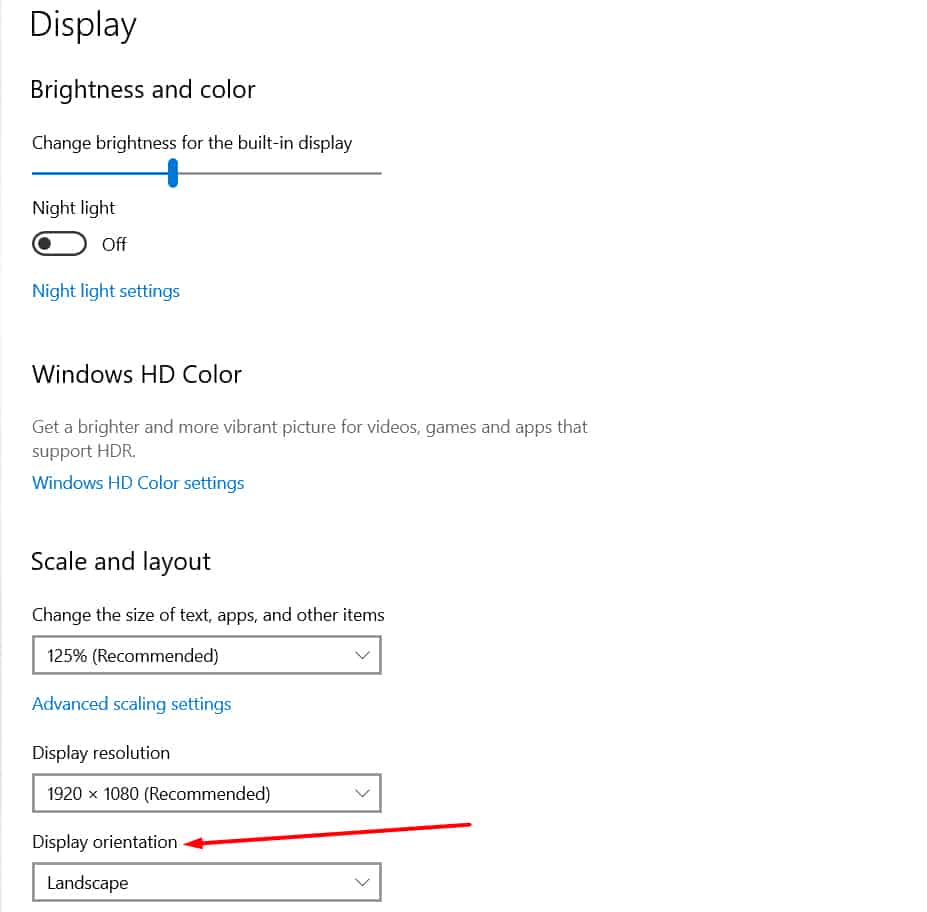
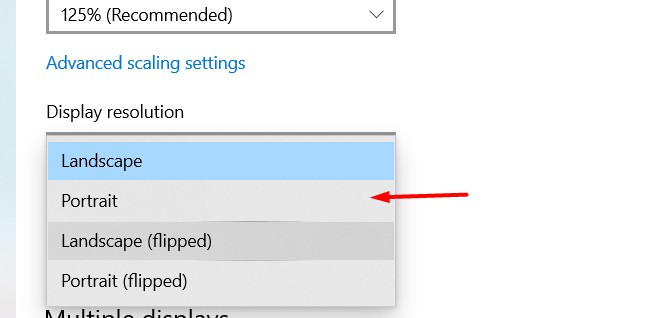
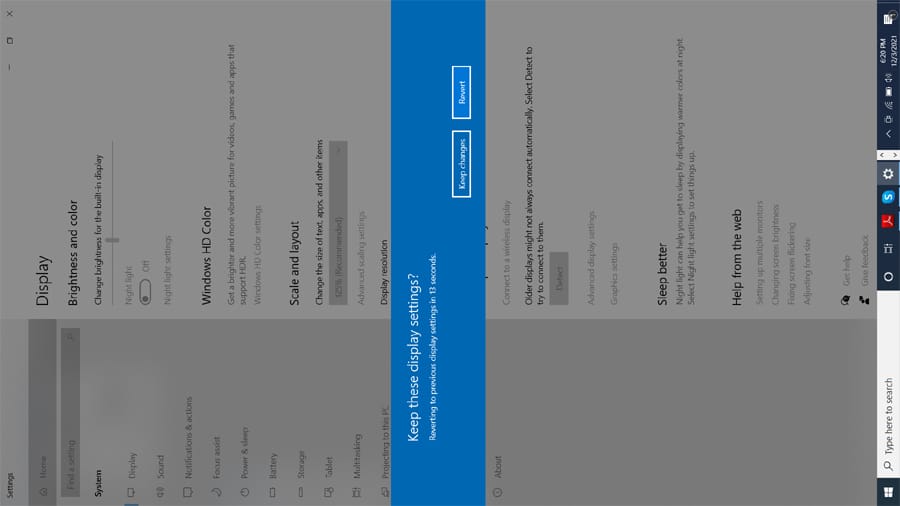
Keyboard shortcuts to rotate screen:
You can use easy keyboard shortcuts to rotate the screen to Vertical mode easily if you are using Windows 7,8, or 10. Click the Ctrl+Alt key together, and then click on the arrow in the direction you want it to be rotated in 90-degrees.
How to set up an External Monitor in a vertical orientation to be used as an extended display and a duplicate display?
An external monitor can be used to duplicate the current display as it is in vertical mode. You can set up all the connected monitors in an extended set up in a vertical orientation. Your display will be broken down amongst the various connected monitors to give you a larger view in a complete setup. Depending on the graphics card compatibility, some computers support only two monitors in extended mode while others support more than two monitors.
If you are using an additional external monitor and want to switch the external monitor to portrait mode, please follow the following steps:
- Connect the external monitor to your CPU or Laptop
- Right Click on your Windows Home Screen
- Go to Display Settings
- Select the display you want to change to vertical mode. The display settings will show you the monitors numbered (1,2). You can click on the display numbers and click on identify to ensure that you are selecting the correct display.
- Scroll Down to find Orientation Settings
- Click on Dropdown and select Portrait for the selected display.
- Scroll down to the Multiple Displays setting and select whether you want to
- Duplicate the Display
- Extend the display
- Show only on 1
- Show only on 2
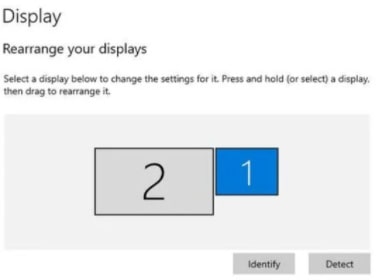
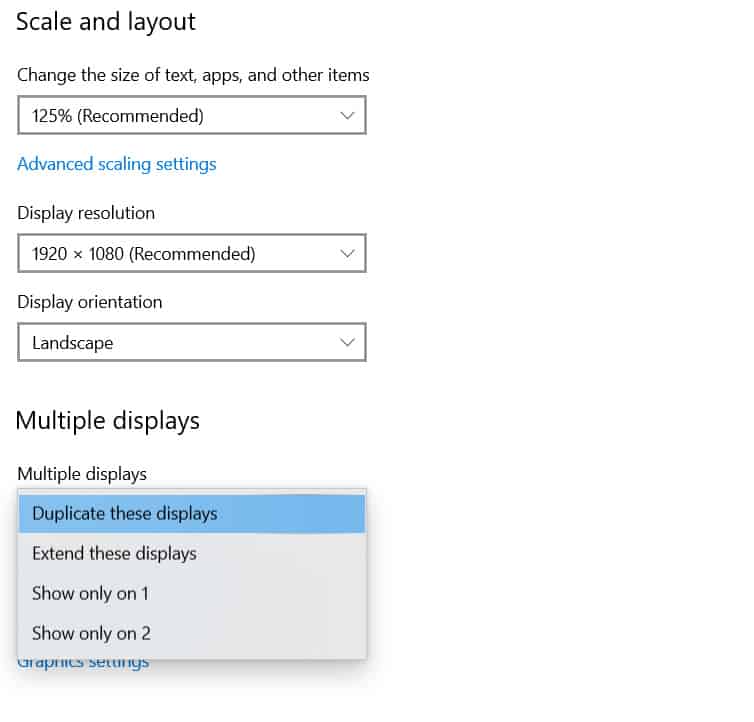
How to set up a vertical monitor on Mac iOS (Laptop or Desktop)?
If you are using an Apple laptop or computer and want to switch to portrait mode, please follow the following steps:
- Click on Apple Icon and Go to System Preferences
- Select the display you want to switch (if using an external monitor)
- Select the rotation dropdown menu
- Click on 90 degrees
- Your display will be rotated. Rotate your monitor accordingly to use in Vertical mode.
How to cast an Android phone on your vertical monitor?
To cast your Android phone screen on your vertical monitor, make sure your smartphone has Android 4.2 or higher, and your monitor or TV has built-in mirroring technology. Connect both devices to the same Wi-Fi network.
Then, go to your phone’s Connection and Sharing settings, find the Cast option, and turn it on. You may need to turn on Wi-Fi, Bluetooth, and Location settings to enable the Cast option.
Your phone will start searching for the monitor, and when it appears in the search results, tap on it. Your phone screen will start displaying on the monitor. If your phone doesn’t have an inbuilt Cast option, you can use an app like MiraCast or a USB to HDMI cable to connect your phone to the monitor
How to mirror an iPhone on your vertical monitor?
To mirror your iPhone on a vertical monitor, you need to connect both devices to the same Wi-Fi network. Apple devices only work with other Apple devices, so you’ll need an Apple TV or an AirPlay 2-compatible smart TV to mirror your iPhone screen. Find the video you want to stream on your iPhone, tap “Share,” and then tap “AirPlay.” From there, select your Apple TV or AirPlay 2-compatible smart TV to start mirroring your iPhone on your vertical monitor.
How to Rotate and Adjust a Monitor on Self Mounted Stand?
If your monitor comes with an adjustable stand with a pivot or 90-degree rotation feature, then it is effortless.
- Keep the monitor on a safe and stable platform, like a computer table or a standing desk. Make sure it is at the center.
- Increase the height of the adjustable stand before you rotate the monitor. If you try turning the monitor without increasing the height of the stand, then the monitor will start touching the surface before it is completely tilted to vertical orientation.
- Hold any two diagonal corners or two opposite sides of the monitor, and start rotating the monitor to 90 degrees.
- In some monitors with a lower viewing angle range, you will see different brightness levels and colors across the vertical length of the monitor. You need to tilt the monitor to a suitable angle for a perfect view.
- Make sure you sit at least at an arm’s length, as it will give you a better viewing experience and is friendlier to your eyes and neck. If you keep it too close, you will have to move your eyes and neck from top to bottom too often, putting extra stress.
How to Mount, Rotate and Adjust a Monitor on wall mount or monitor arm?
- Ensure that your monitor has VESA (Video Electronics Standards Association) compliant mounting holes provided at the back of the monitor to install it on a wall mount stand or a mounting arm.
- Attach the clamp provided with the mounting stand or arm with the monitor using the screws
- Once the clamp is attached to the monitor, it can be hung on the mounting arm or stand. Make sure it is properly tightened.
Frequently Asked Questions
Can I use two monitors, one set up vertically and the other horizontally?
You can definitely use one monitor in a vertical orientation and the other in a horizontal direction. In fact, this can be a great setup for tasks like coding, writing, or browsing the web, where vertical space is important.
To set up your monitors with different orientations, you can go to the display settings in Windows. From there, you can select the monitor you want to use in portrait mode, and change its orientation settings as described earlier.
In addition to changing the orientation settings, you may also want to adjust the scaling settings to ensure that the text and other elements are the appropriate size and don’t appear too small or too large. You can also adjust the position of the monitors within the display settings to match the physical arrangement of your setup.
Remember, setting up your monitors to suit your specific needs can greatly enhance your productivity and overall experience. Don’t be afraid to experiment with different orientations, positions, and settings until you find what works best for you!
Will I have to change the display settings every time I reboot my computer?
No, the computer will use the same display settings used when the system shuts down. So, once you have changed the orientation to vertical, you do not need to set it up again after every reboot.
Related Articles:
Will A Better Monitor Increase FPS?
Do External Monitors Slow Down Laptops?
Find out why Vertical Monitors are so popular
Does An External Monitor Drain A Laptop’s Battery?
Few years back I started to work from home, I needed a keyboard, I researched mechanical keyboard from A to Z. After that I needed a monitor, after that I needed a mouse, after that I needed desk, chair and other accessories. I did so much research and I figured this can't all go to waste and I started writing about what I know. Keyboards, Monitors, Mouses and other accessories. You can also at WolfofTablet where I cover a lot of stuff about iPads and Android Tablets. In the free time I like to play PS5 and iOS games.

